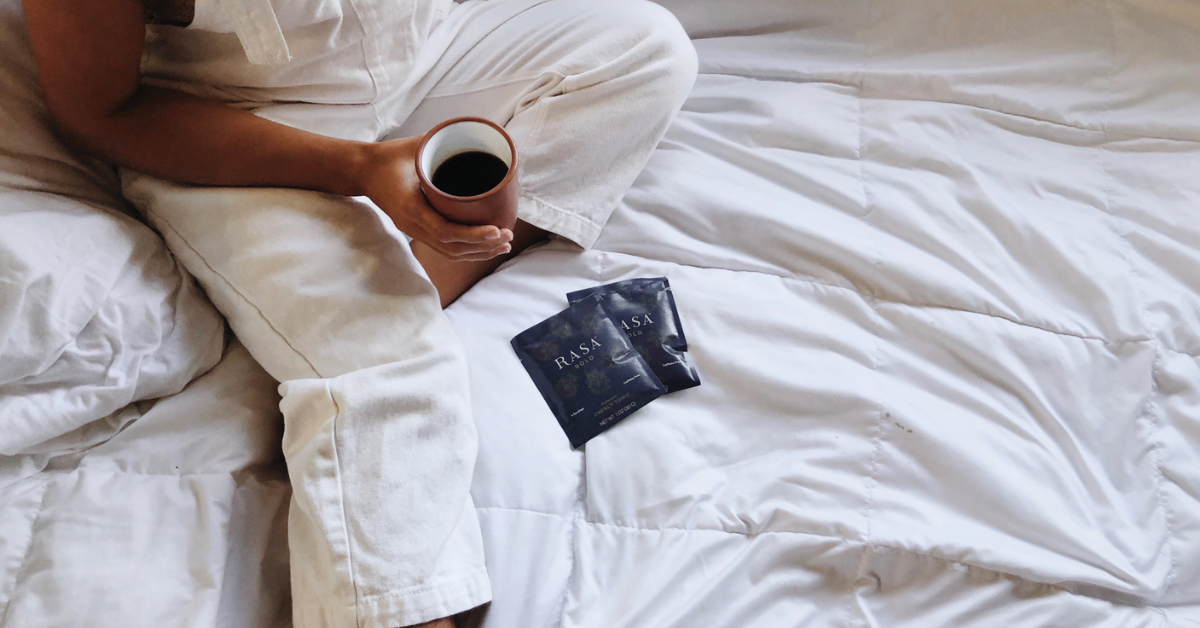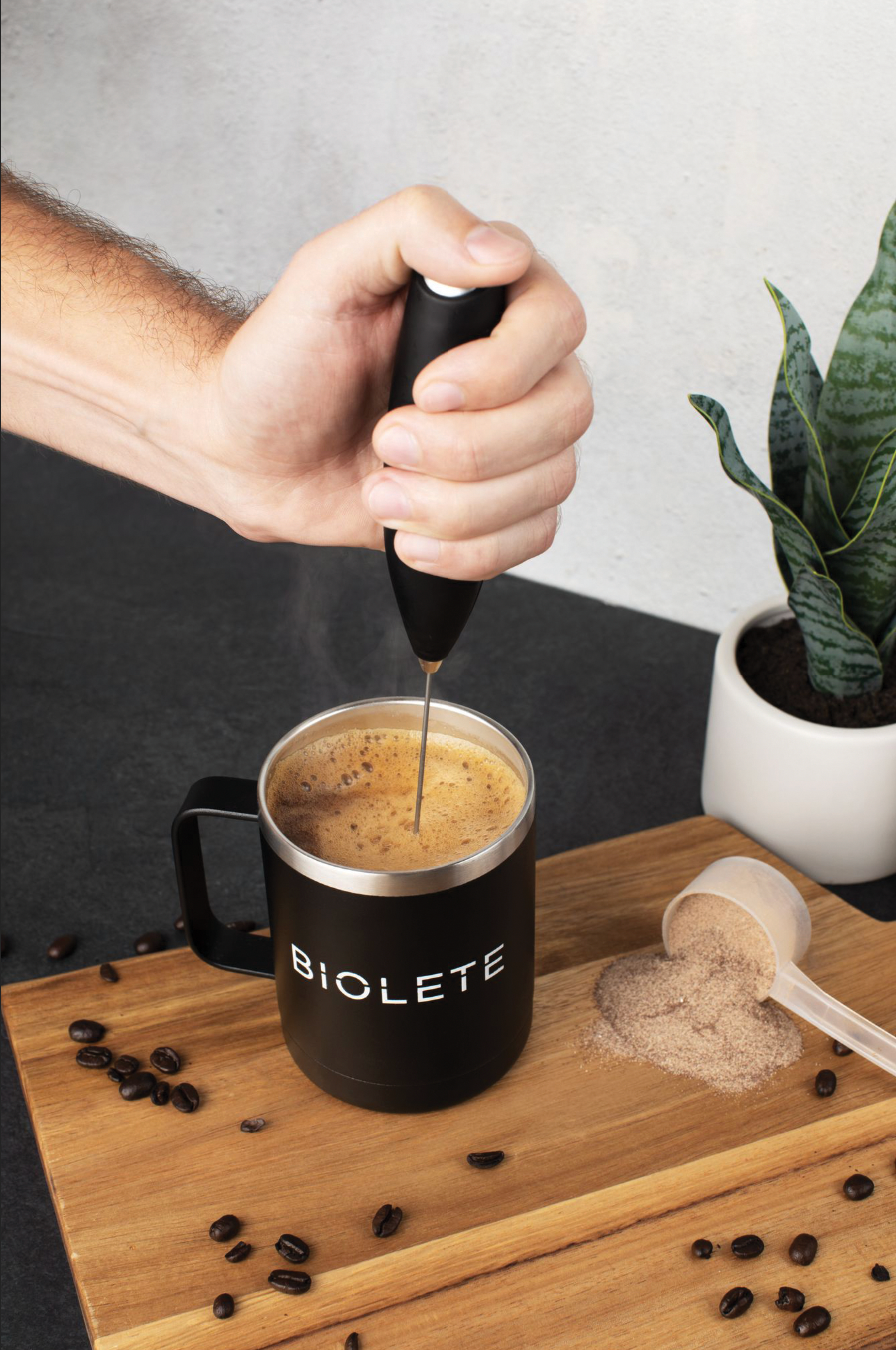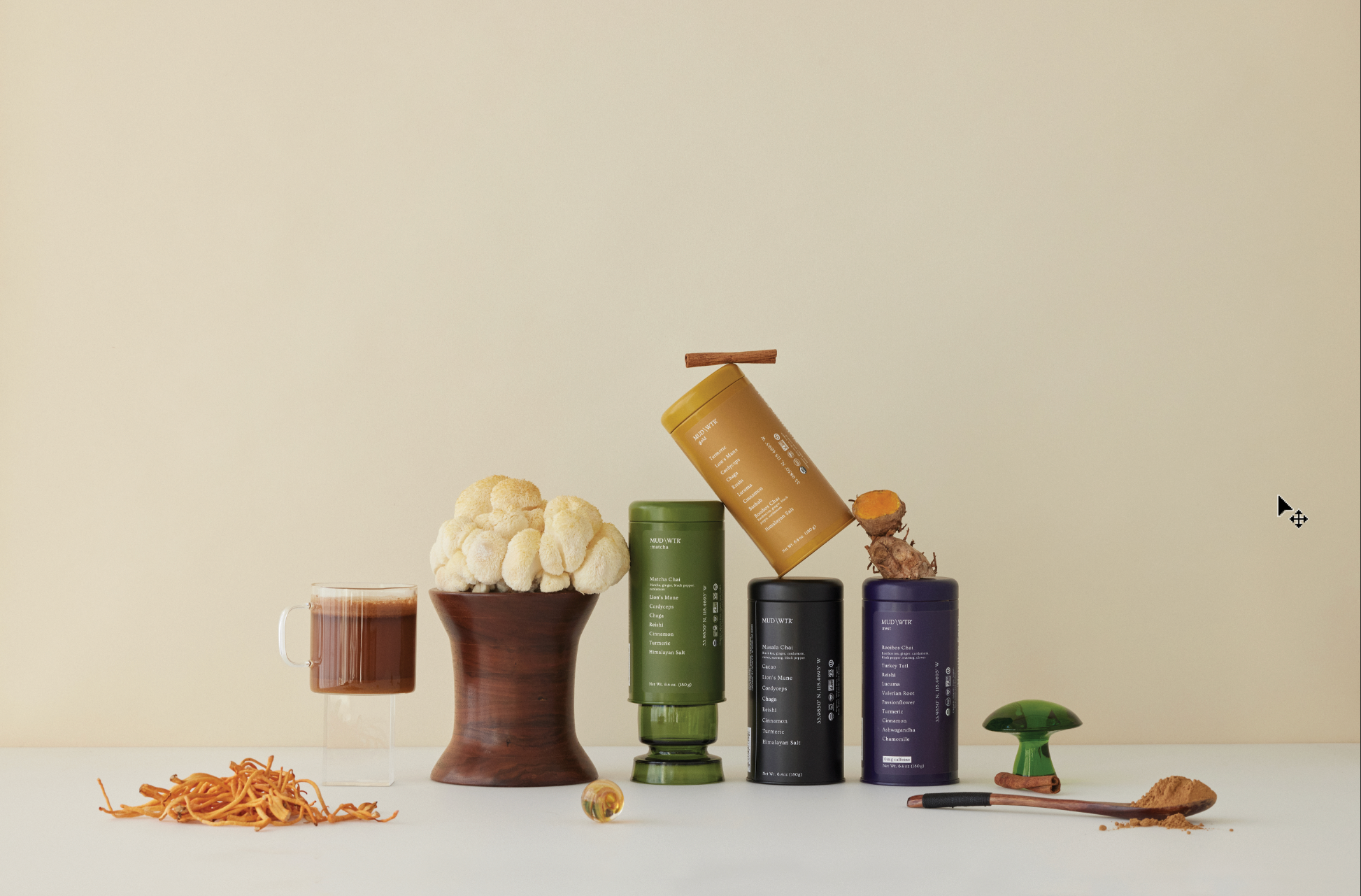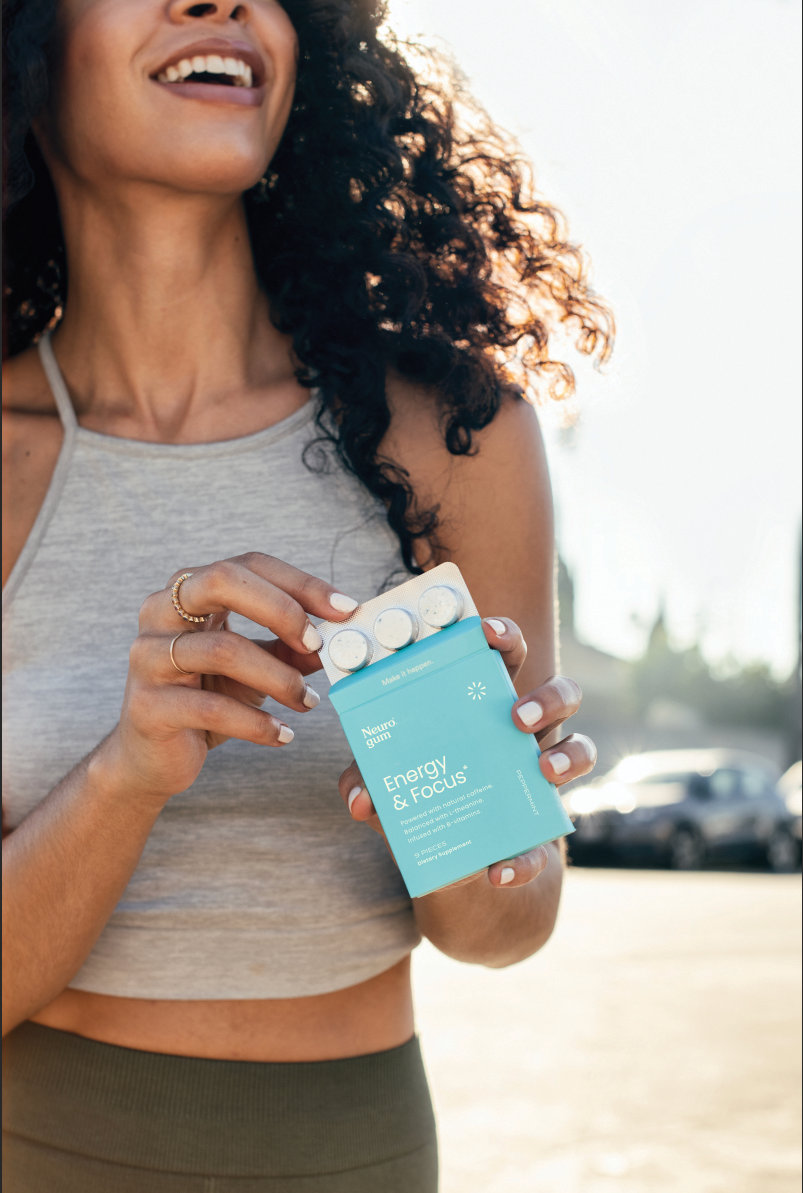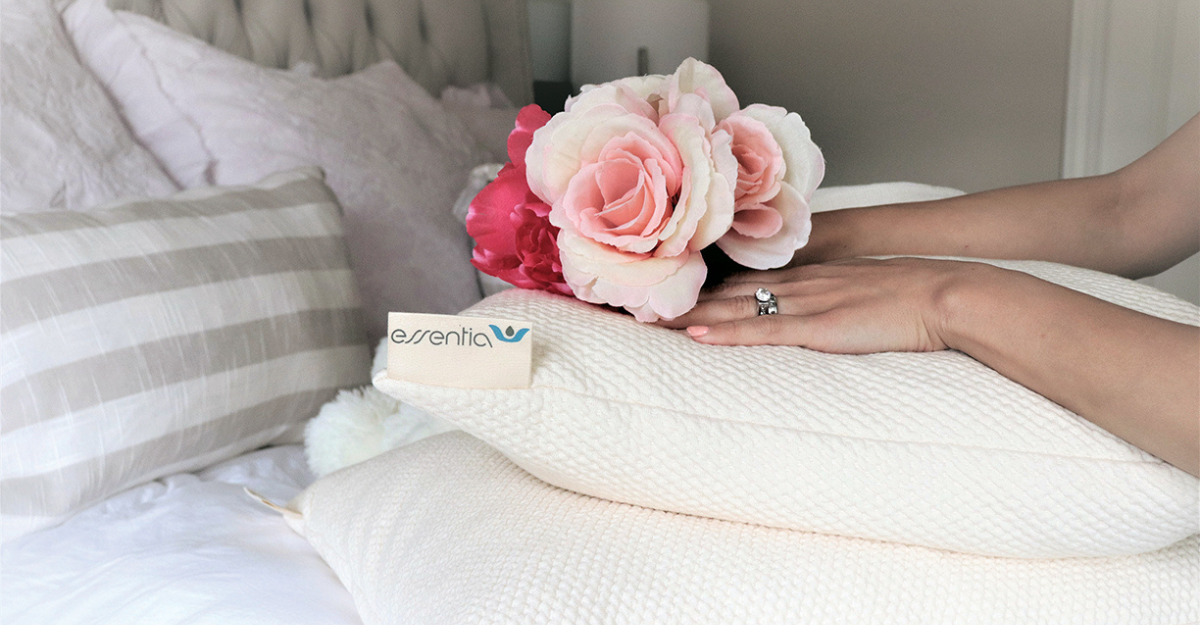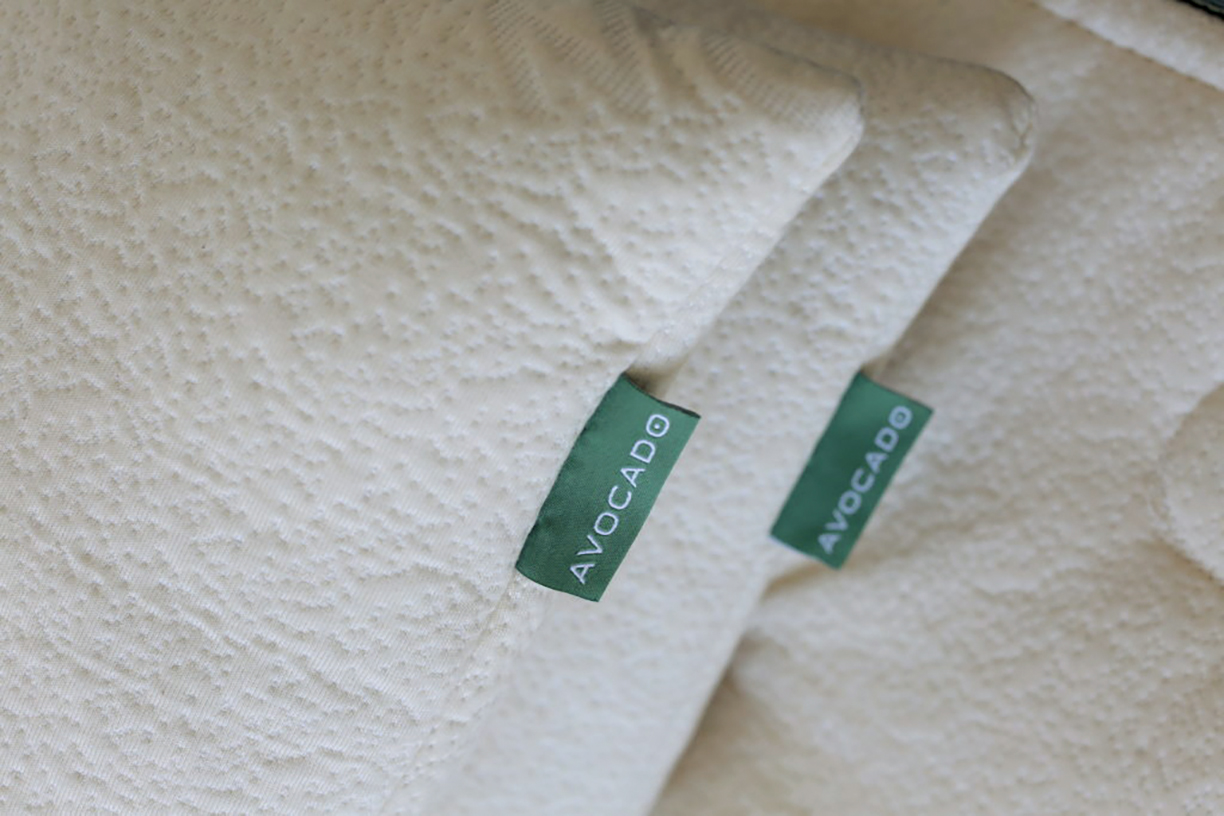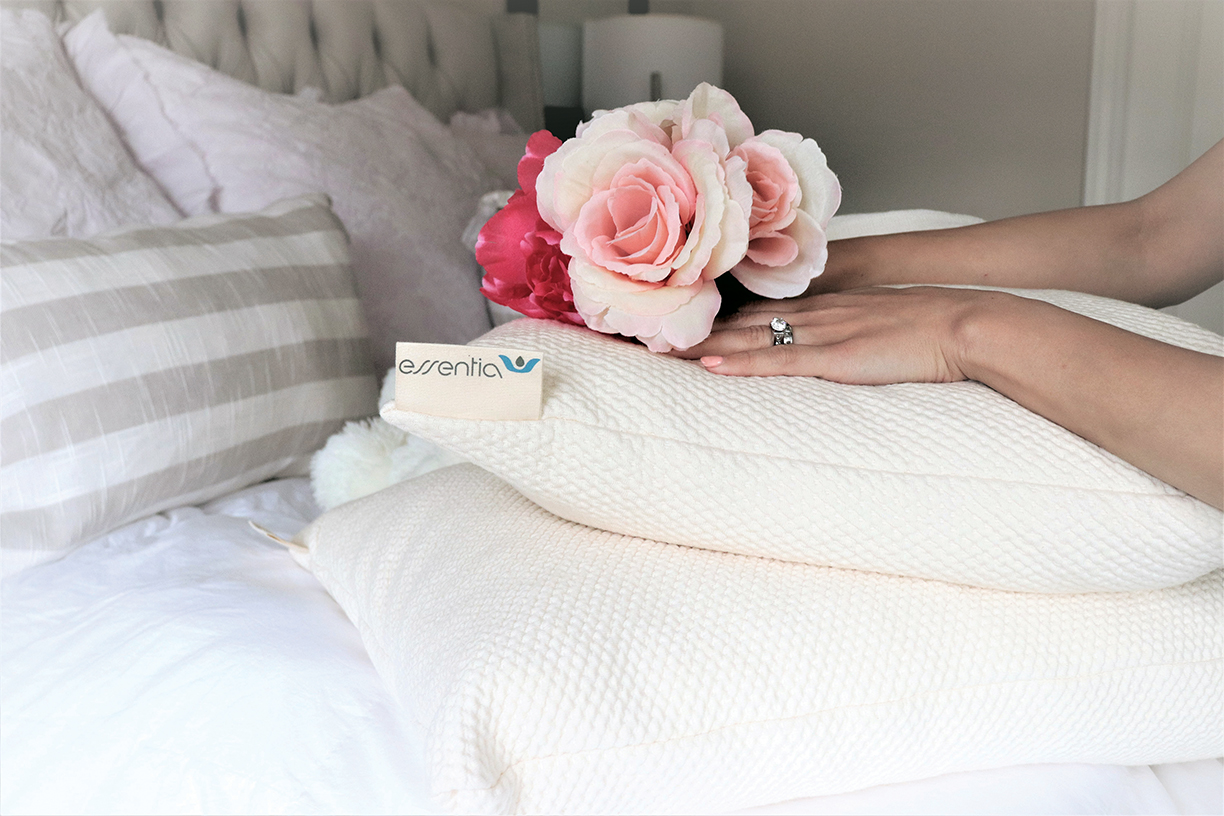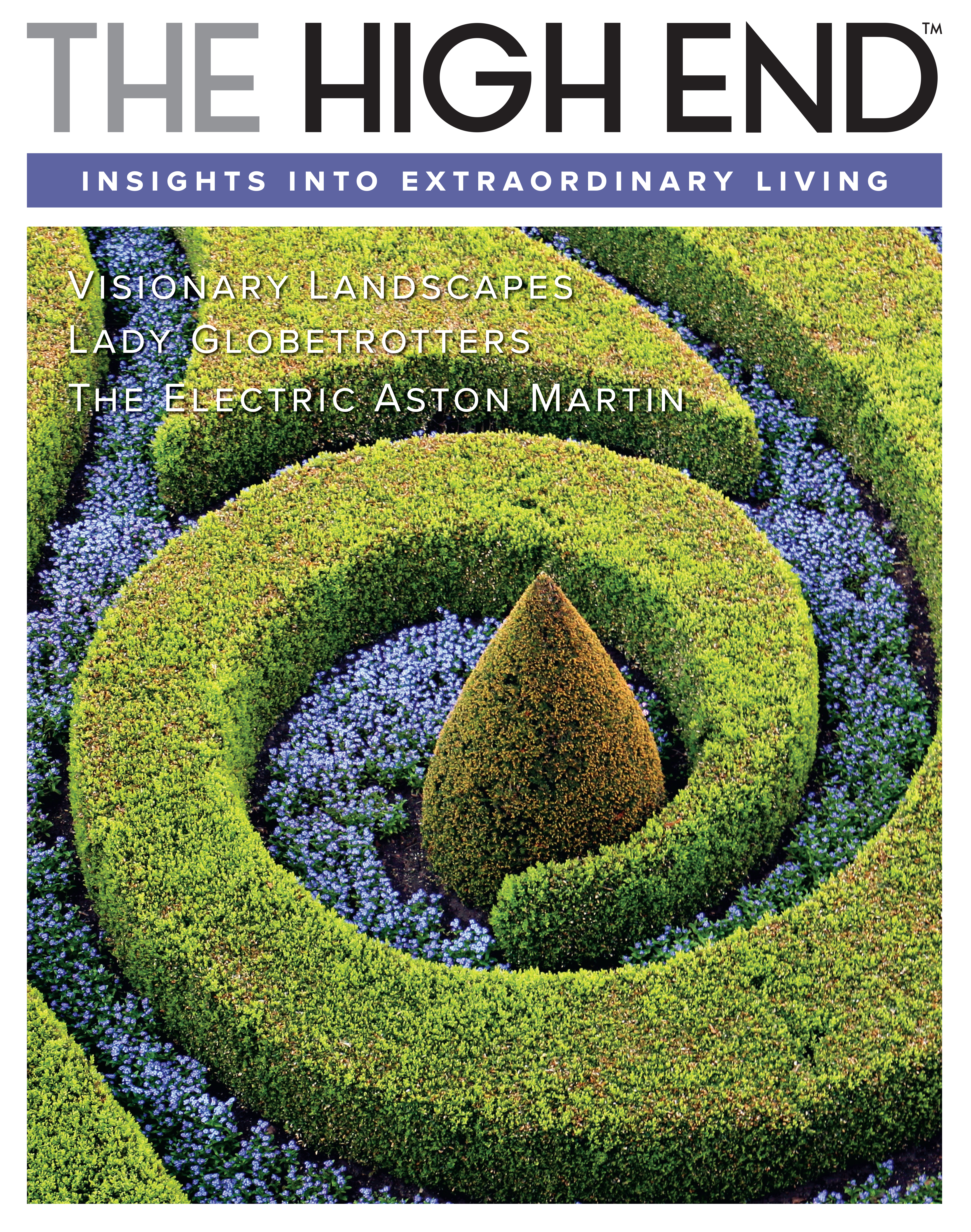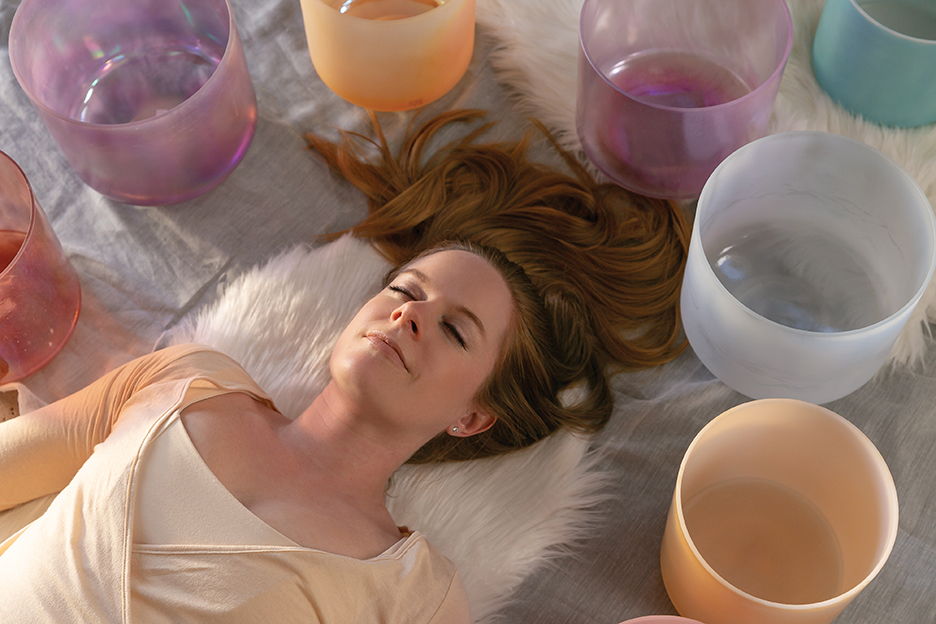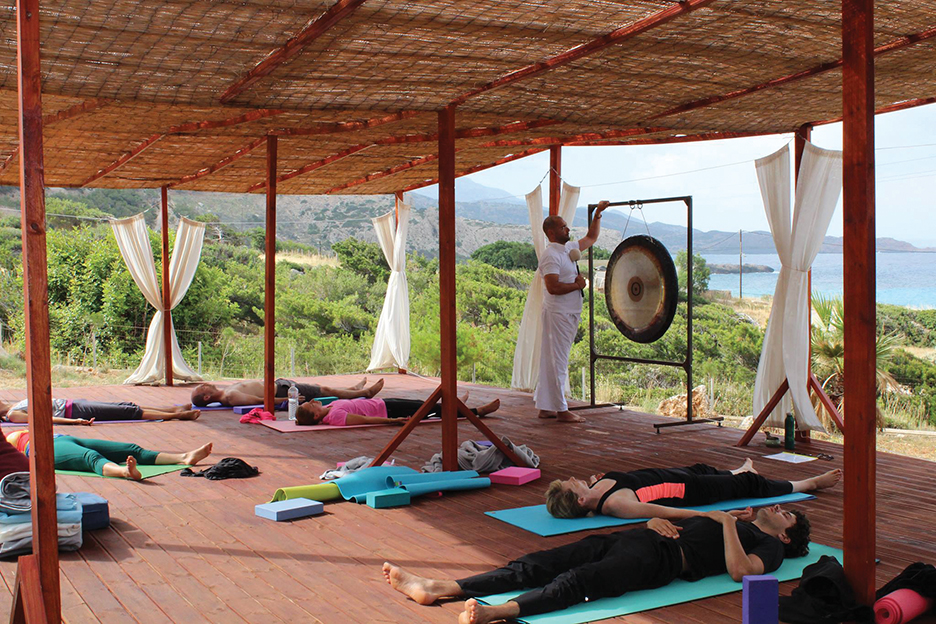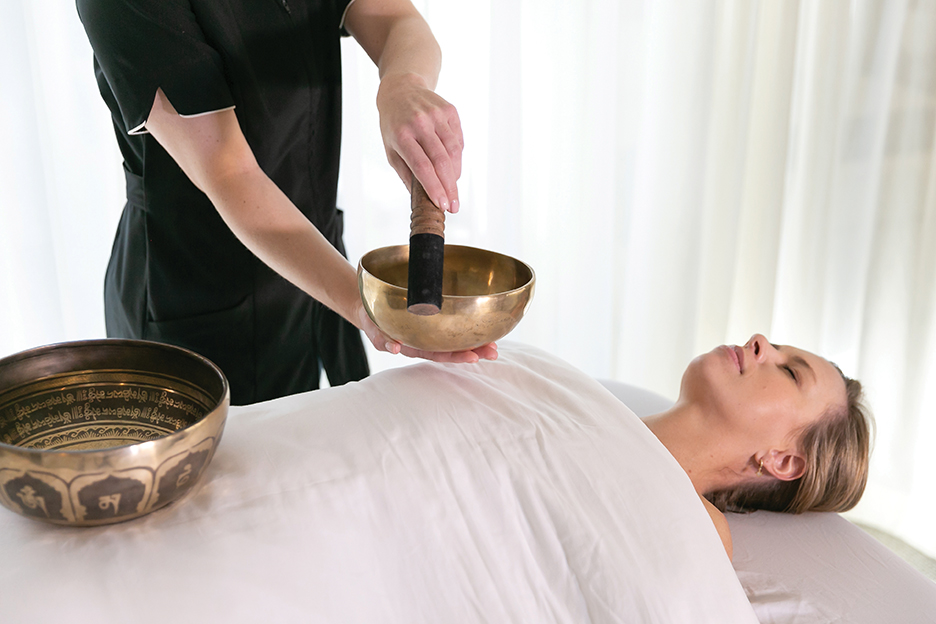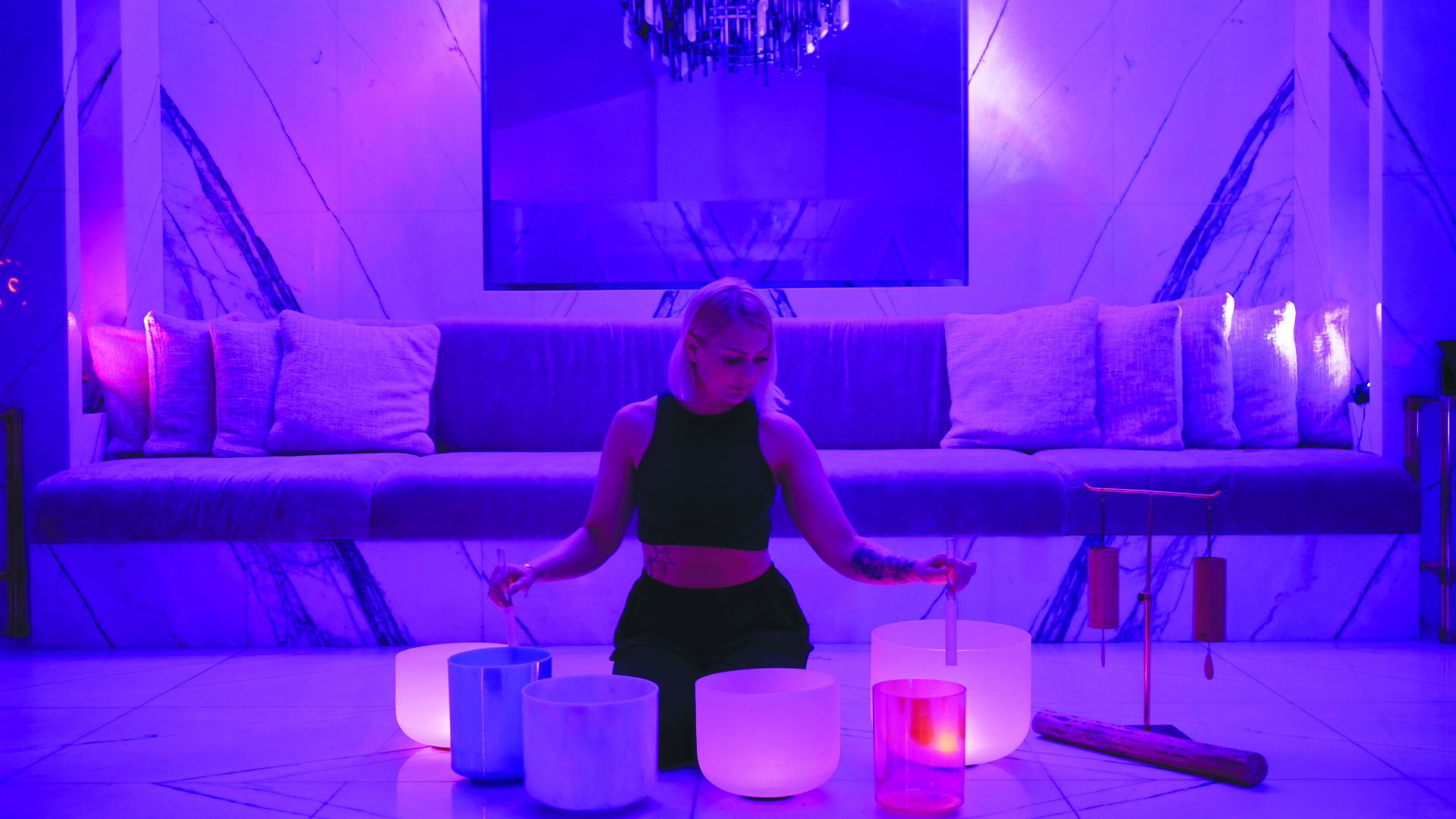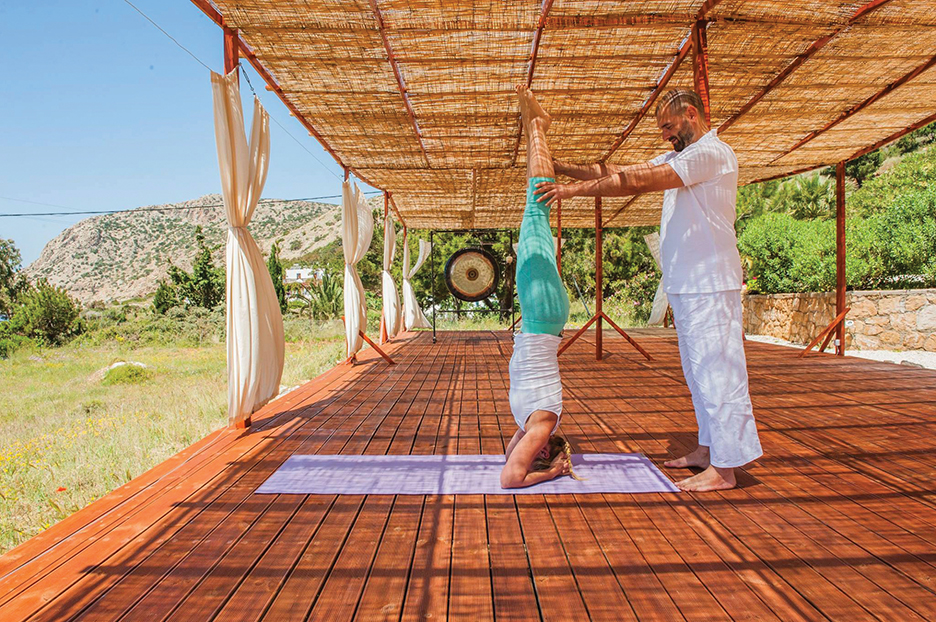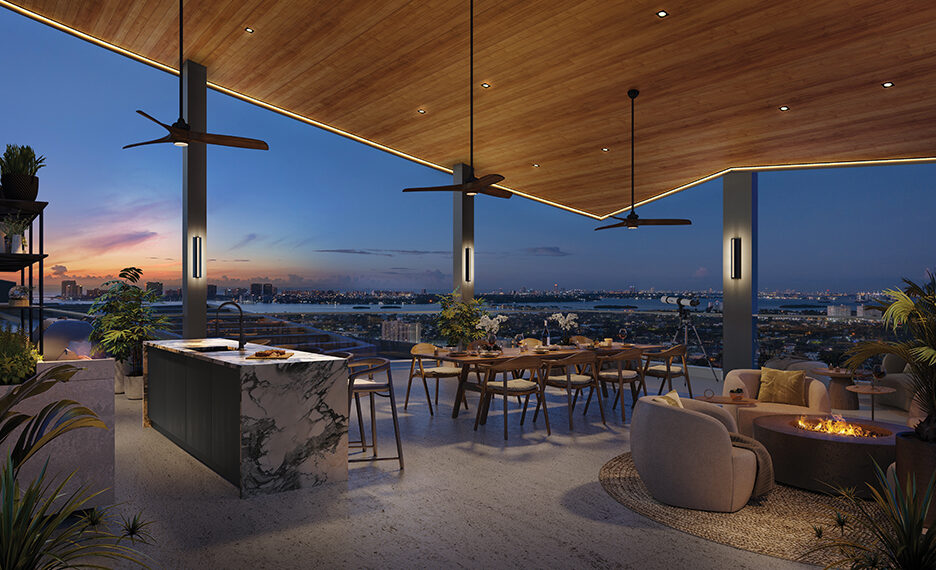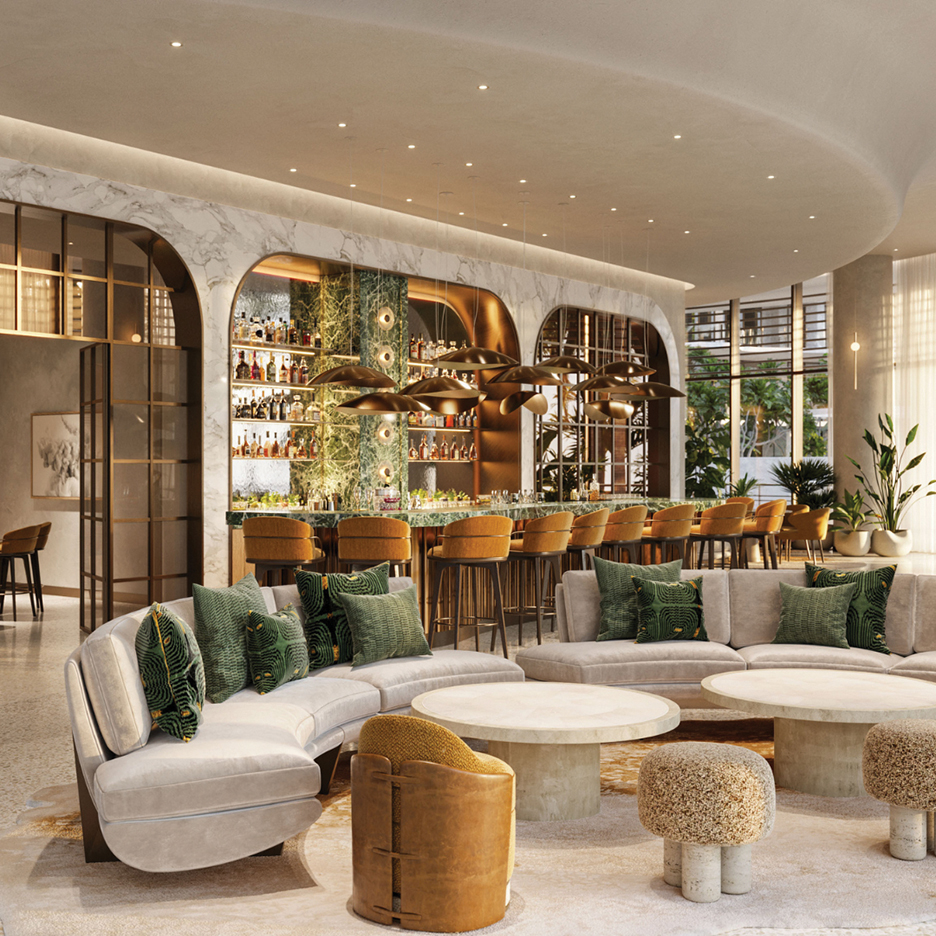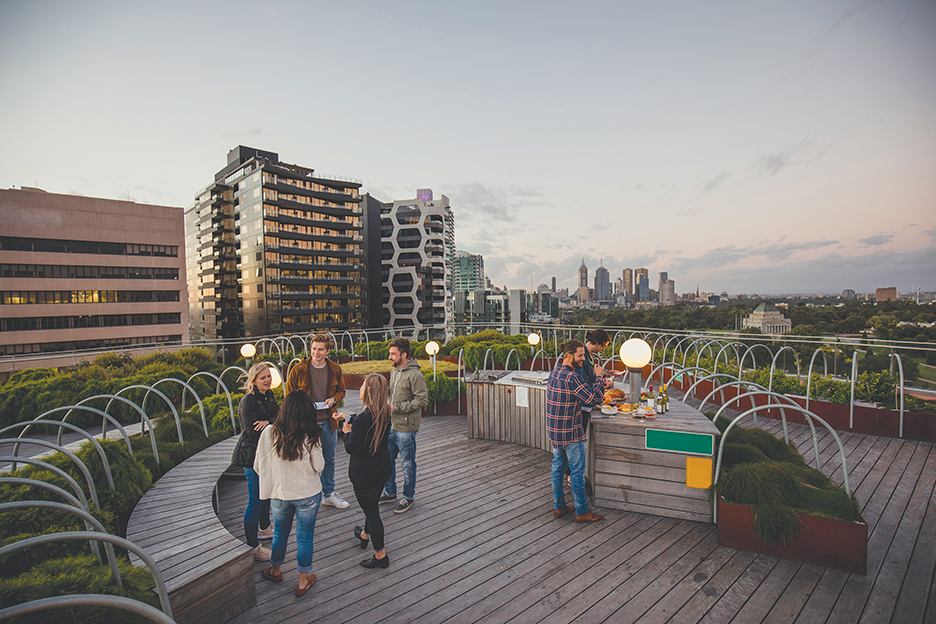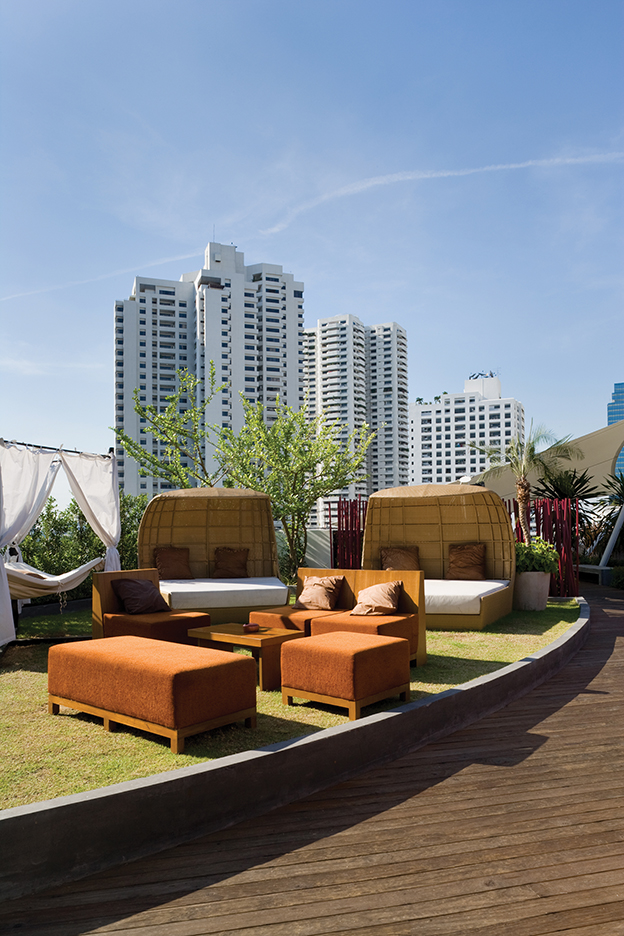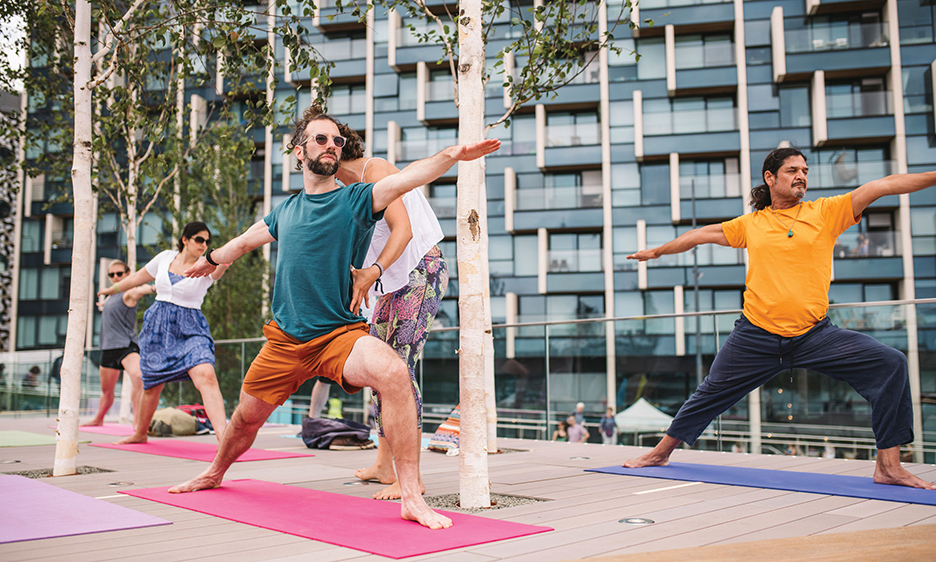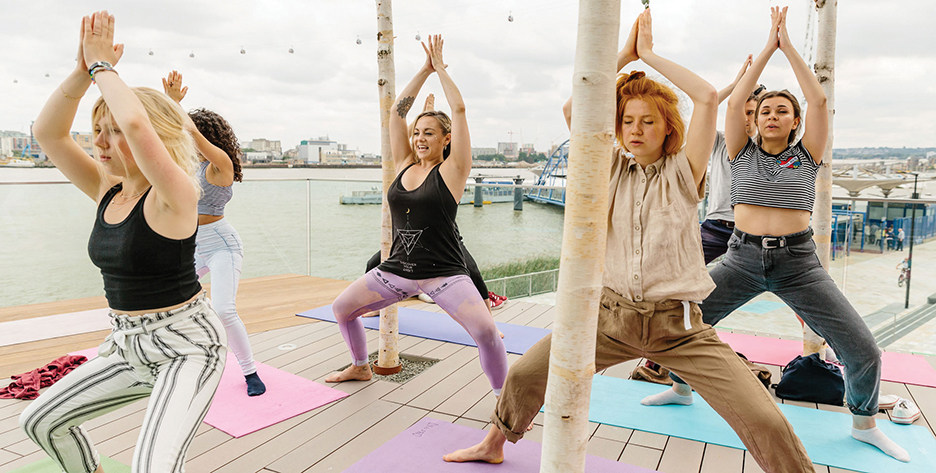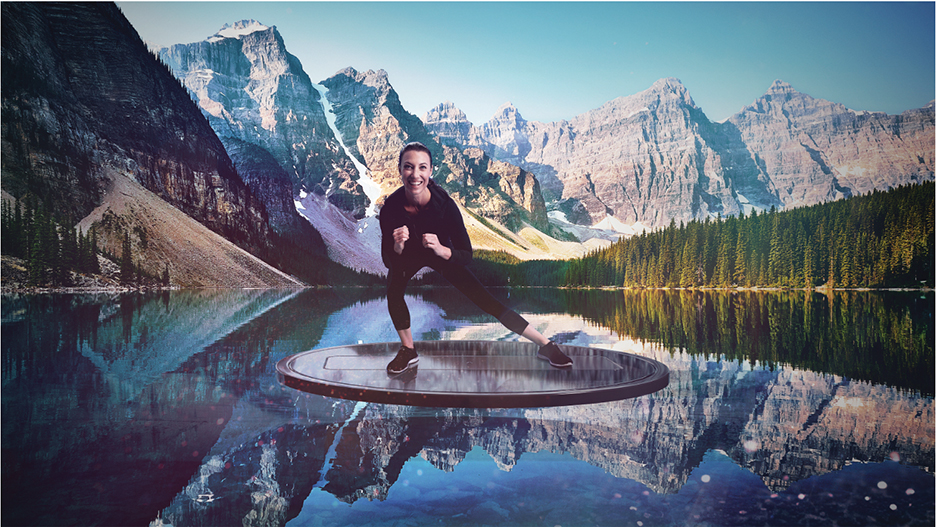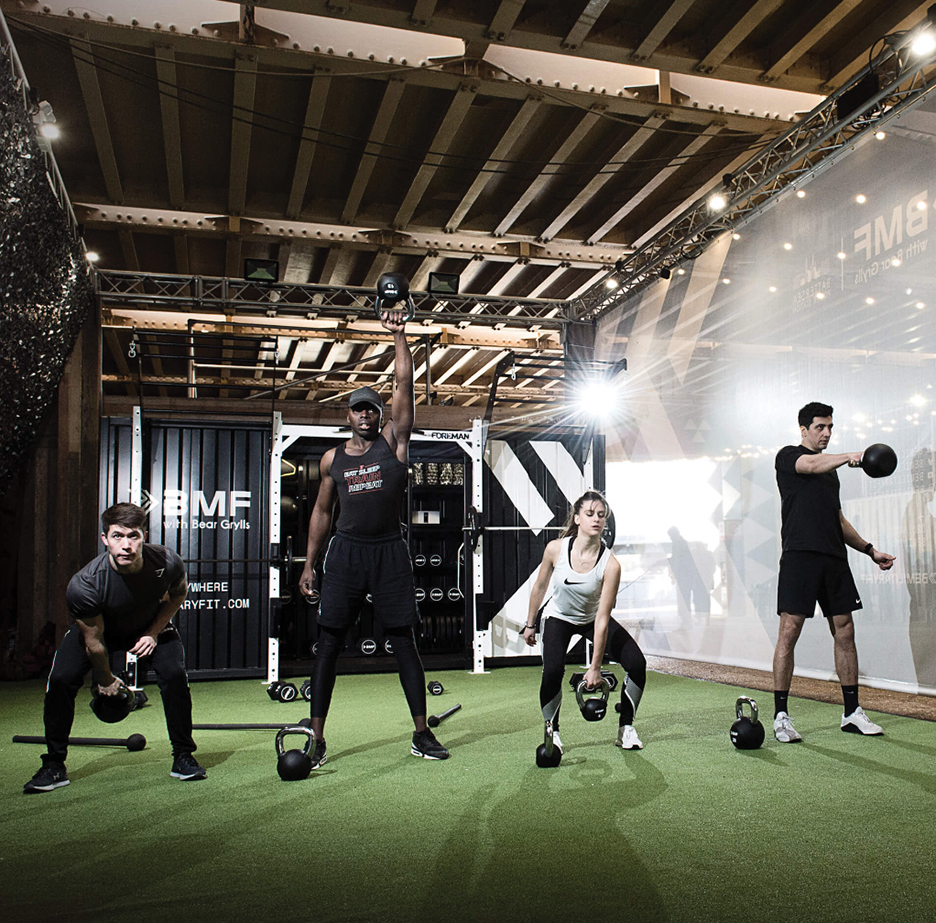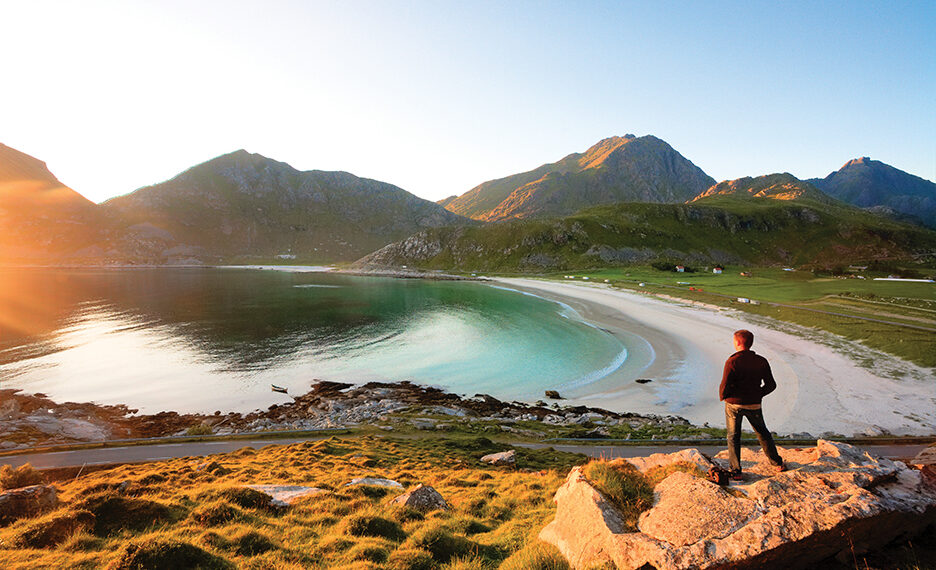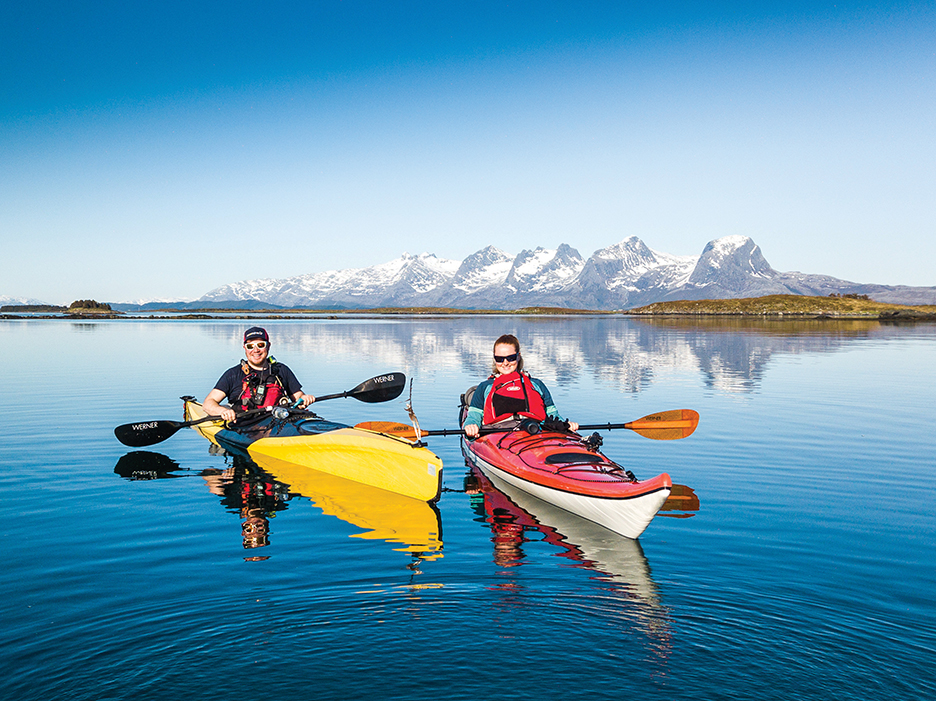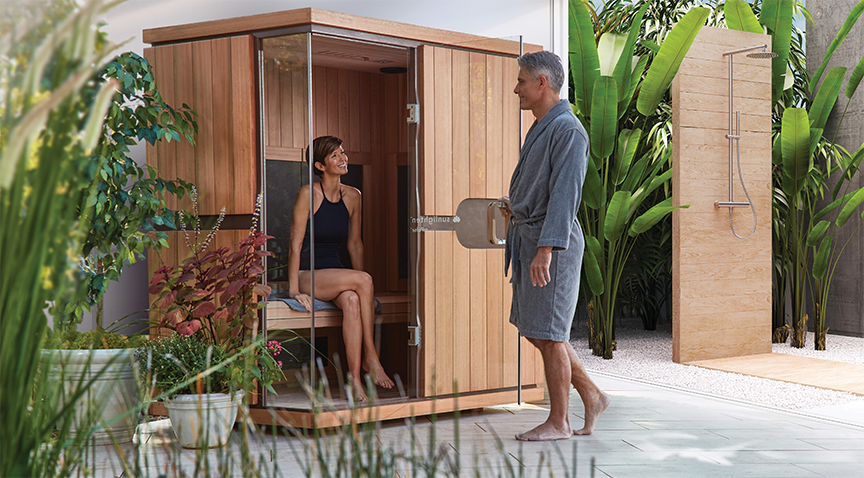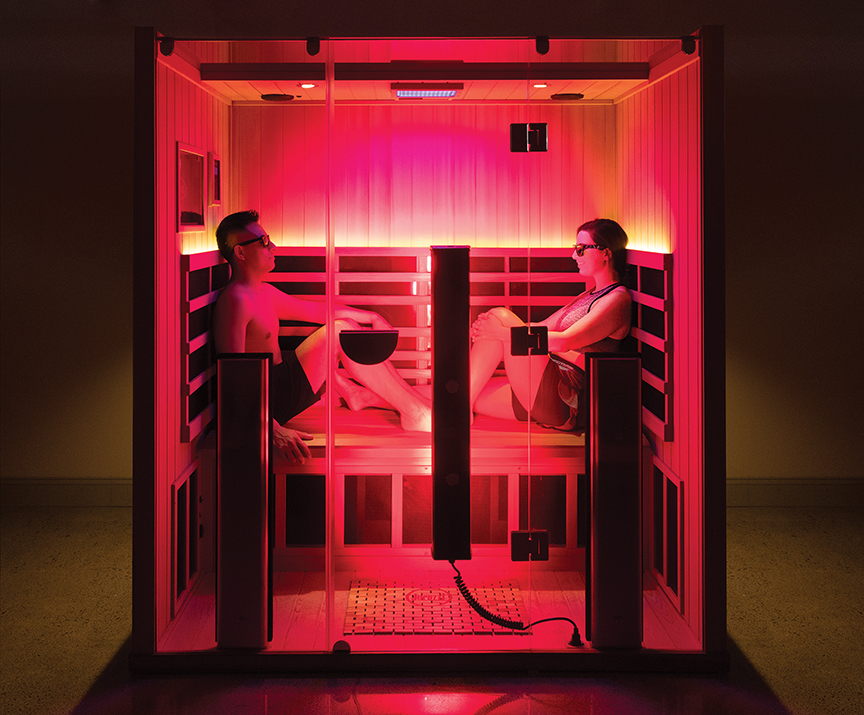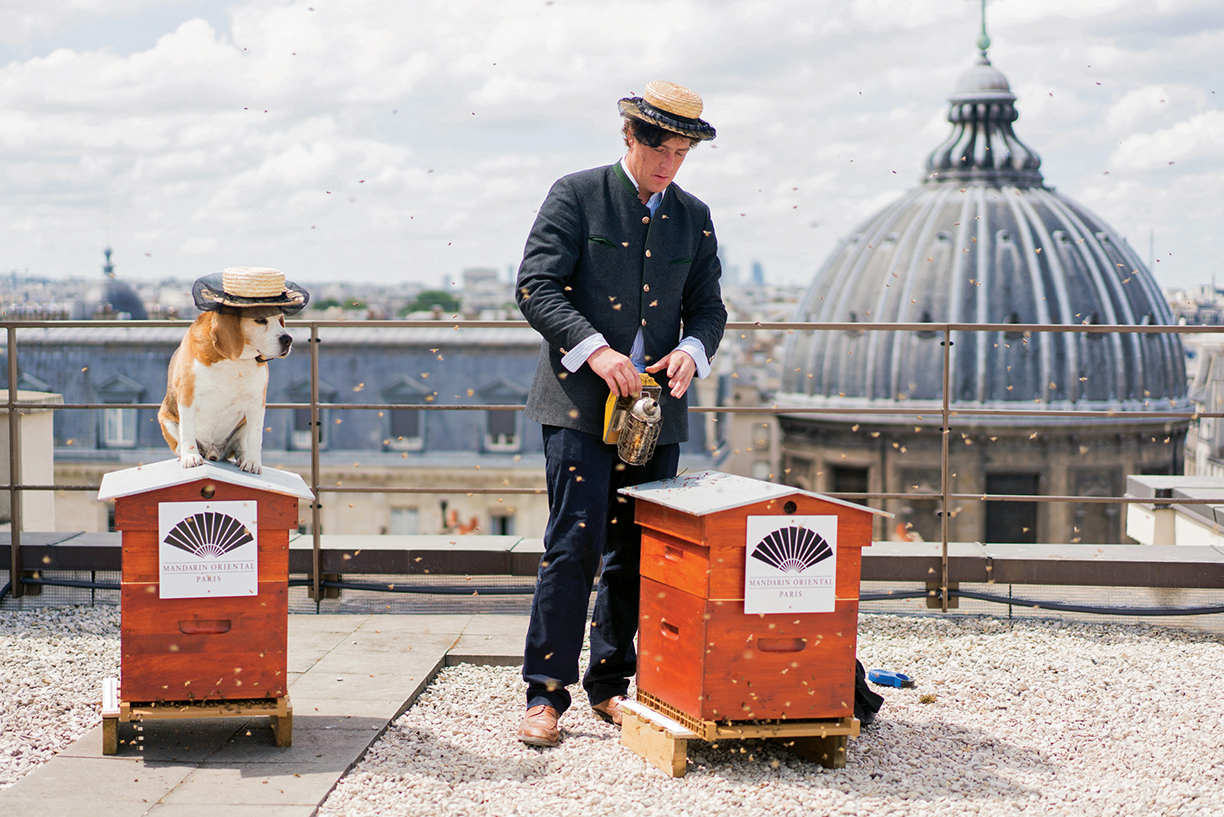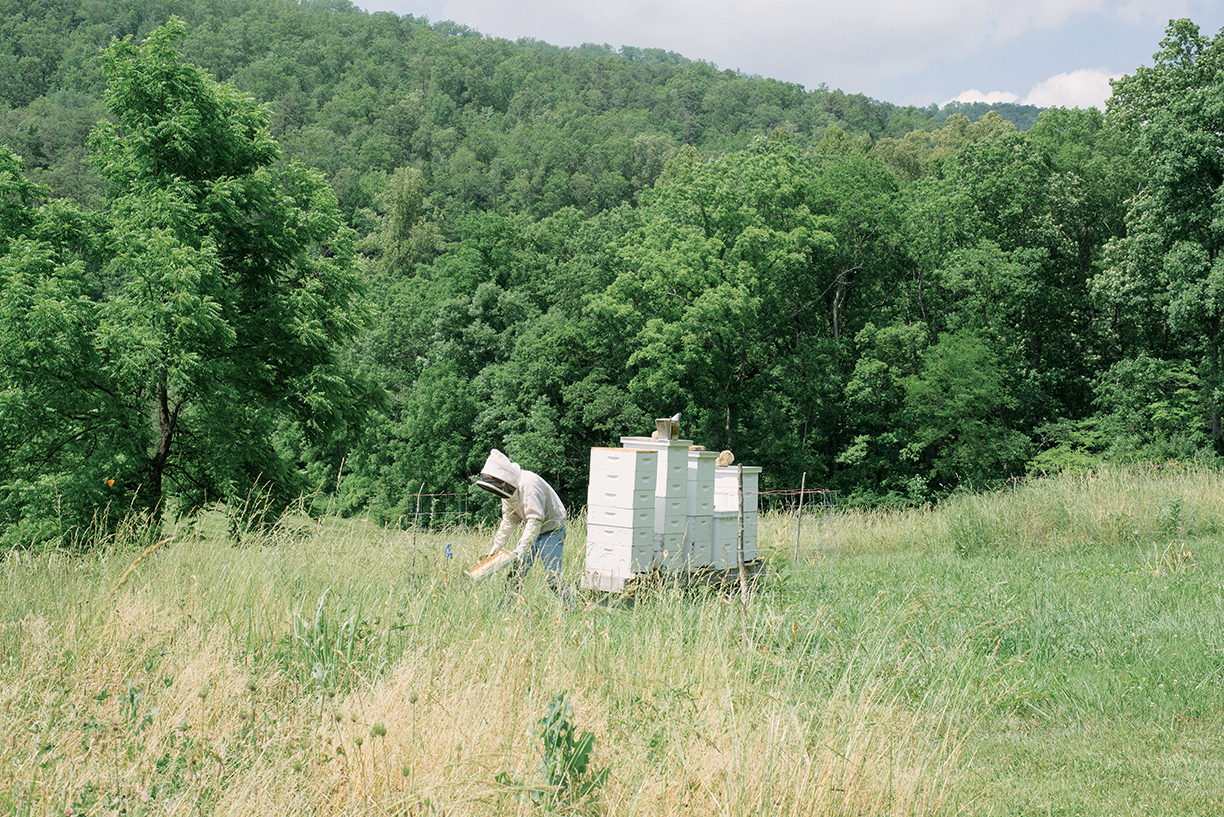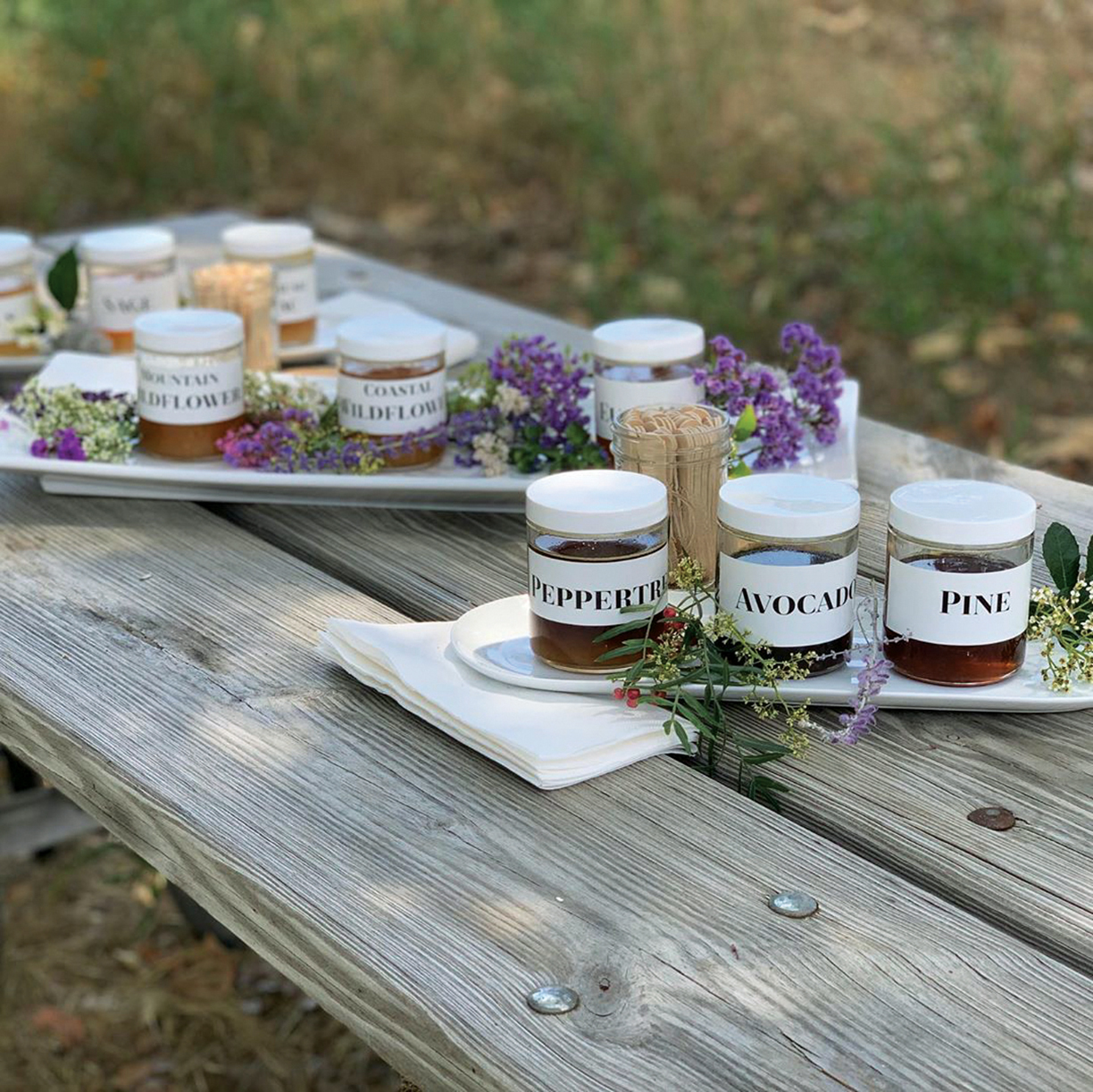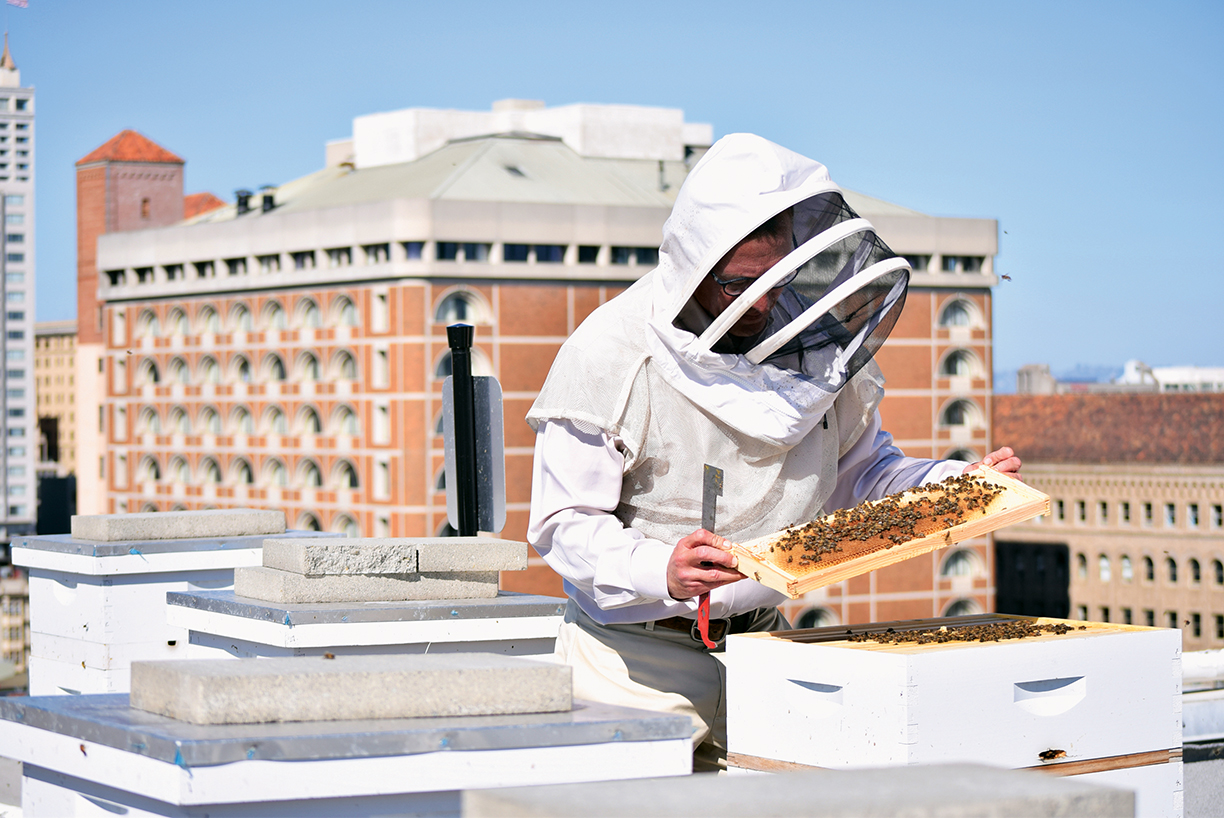Toyota Woven City will expand mobility, enhance humanity, and engage society by exploring new inventions in a test-course community.
In 2018, Toyota Motor Corporation announced the Woven City concept, aiming to transform an automobile company into a comprehensive mobility provider. This expanded vision will be redefined by integrating healthcare, food and agriculture, energy, finance, and education to enhance daily life with ease and joy, amplifying human potential. This innovative city will be driven by the pursuit of well-being for all. Phase 1 of construction is slated for completion in the summer of 2024. Preparations for initial trials are set to commence in 2025.
Here, we dive into all things Woven City and the captivating details of its future development. Creativity lies at the center of this ambitious endeavor. At its core, the Woven City will be composed of Toyota group developers, partner corporations, startups, entrepreneurs, and residents of all generations. This diverse collective will collaborate to develop inventions designed to enrich day-to-day life.
Everyone in Woven City is an inventor, united in their shared commitment to turning visionary ideas into practical innovations that serve the greater good. Together with surrounding communities, Toyota will demonstrate what mobility can do for people. After thorough testing, the inventions from Woven City will be shared with the world.
“As a global society, we need to come together to heal, grow, learn, and create new possibilities for a collective future,” states Akio Toyoda, the chairman of the board of Toyota Motor Corporation. “It is only through partnership and collaboration that we will realize the dream of not just mobility for all, but a better quality of life for all.” The concept of the city emphasizes that people have different needs and preferences, which is why the focus is on achieving well-being, not uniform happiness.
In Woven City, mobility will be cutting-edge, with above-ground and underground routes for human-centered travel. Dedicated paths will serve specific functions, including commercial deliveries and public transportation, ensuring safety and efficiency. The community will feature three surface pathways: one for automated mobility, another for pedestrians, and a third for a mix of pedestrians and personal mobility. Below ground, a fourth pathway will exclusively handle goods transport.
For Toyota, Woven City isn’t just an exciting new venture — it’s a tribute to the company’s rich history. The city will be built on a manufacturing site that previously accommodated the Toyota Motor East Japan, the Higashi-Fuji plant. Here, Toyota led Japan’s motorization and manufactured many iconic cars from the late 1960s to 2020.
This is an opportunity for Toyota to continue building on its astounding legacy. Spanning across 175 acres, Woven City will begin with an initial population of 360 residents, which is projected to expand to 2,000. Driven by three primary concepts: human-centered, a living laboratory, and ever-evolving, Woven City will continue to advance for years to come.





